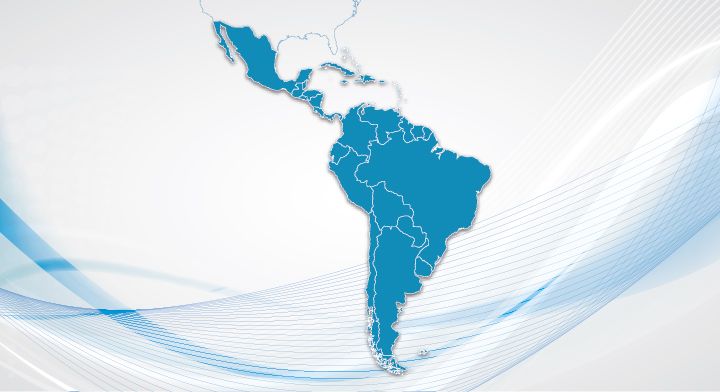Latin America has historically shown high rates of poverty and social inequality, notes Credicorp Ltd, a leading financial services holding company with operations in Peru.
According to the Economic Commission for Latin America and the Caribbean (ECLAC), poverty in Latin America went from 51.2% in 1990 to 31.6% in 2010, and due to the pandemic poverty increased to 33.0% in 2020, and in 2021 ECLAC estimates this indicator at 32.1 percent.
With respect to extreme poverty in Latin America, it went from 15.5% in 1990 to 11.4% in 2019, and due to the pandemic increased to 13.1% in 2020, and in 2021 ECLAC estimates this figure at 13.8 percent.
Representing the high rates of social inequality, the Gini coefficient, a measure of income inequality (from 0 to 1; 0=no inequality, 1=maximum inequality), was 0.54 for Latin America in 2002 and was 0.46 in 2020.
Within the latter figure, in 2020, the Gini coefficients for some of the main Latin American countries were as follows, according to the World Bank: Colombia (0.55), Brazil (0.52), Panama (0.51), Chile (0.47), Ecuador (0.47), Peru (0.46), Bolivia (0.45), Mexico (0.45).
By way of comparison, according to the World Bank, the Gini coefficient shows less inequality in Spain (0.35), Canada (0.33), Denmark (0.28), the Netherlands (0.28), Belgium (0.27), Iceland (0.26) and Slovenia (0.25).
Simultaneously to this poverty and inequality, which translates into fewer economic opportunities for Latin Americans, Latin America has recently witnessed the advance of leftist positions and populist promises in the political arena, says Credicorp.
Poverty and social inequality
Related unrest has occurred in Chile and Colombia, far-left candidates have won elections in Argentina, El Salvador, Peru, Chile and Nicaragua, and new left-wing governments were recently elected in presidential elections in Colombia and Brazil.
Emerging nations with higher levels of poverty (such as many Latin American nations), in particular, may be impacted more than other nations by higher fertilizer and grain prices that will make agricultural products and basic necessities more expensive, along with higher freight and public transportation costs due to higher oil prices.
Thus, Credicorp believes that the worst transmission channel for emerging economies with high poverty rates may be a fall in real incomes due to higher inflation in 2022.
High levels of poverty, coupled with greater inequality, could translate into fewer economic opportunities for residents of emerging nations and could generate social risk factor risk, unrest as real wages continue to stagnate due to higher consumer prices.

